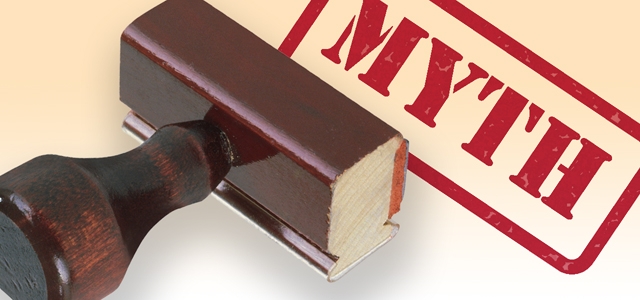When someone asks a public relations person what they do for a living, and that person hesitates, it’s usually because of Samantha Jones.
Once and for all, real-life PR pros aren’t likely to resemble Samantha (Sex and the City), Olivia Pope (Scandal), Liz & Liz (Kroll Show), or Shauna Roberts (Entourage). Ironically, the PR profession can blame pop culture for its portrayal as a shallow, vapid, or glamorized profession. The shows featuring PR pros tend to be glossy, sexy, and light – and so are the characters depicted.
A new show for 2019 called “Flack” probably won’t clear up any misconceptions, because its main character, played by Anna Paquin (True Blood), works in celebrity PR. Alas, PR’s greatest fictional ambassador – and its smartest portrayal – was probably the president’s press secretary C.J. Cregg from The West Wing.
After all, “public relations” is a nebulous term, and it’s very reductive. In an earlier post, we explored whether the profession should change its name. But the PR myths go beyond terminology. Let’s debunk them, one by one.
5 PR Myths Debunked
PR is spin.
Spin, propaganda, flackery. These are not only loaded terms, but they’re inaccurate. Both “spin” and “propaganda” connote intentional misrepresentation of facts, and any good PR person will tell you that lying is completely out of place in the business. No respectable practitioner can maintain relations with key media without a reputation for credibility. Moreover, with the explosion of media and content channels and platforms, PR has come into its own as a driver of brand reputation and a tool for engaging critical audiences like customers or shareholders. And as a profession, PR plays a key role in the struggle against misinformation.
“Just get my name in the paper!”
Some think PR is just publicity. All it takes is getting the word out. That’s true, but the practice is far more nuanced than that. A good PR program will tell an organization’s story to its most important audiences, whether through media profiles, op-eds, digital videos, or even issue ads. But public relations doesn’t just put out stories and messaging. A strong corporate communications officer monitors his organization’s reputation by analyzing what’s coming in — customer attitudes, social content, media coverage, and more. At his best, he influences corporate culture and behavior by advising how decisions and actions will be perceived and covered. How is a business viewed in the community? How does it handle public criticism? What’s the corporate point of view on relevant issues, and how should it be conveyed? These kinds of guiding questions are only the start of a good PR person’s role.
PR is not an intellectual pursuit.
Actually, PR involves critical thinking, business smarts, and often a deep partnership with internal or external clients. Goals are data-driven, and outcomes must be measurable, so PR pros need quantitative skills. It’s also far more immersive than some may think. PR pros must both understand and consider the clients’ business goals. The 2017 CCI Corporate Communication Practices & Trends Study 2017 Final Report listed top core competencies for PR pros as: “global perspective; strategy development; change management; project management; consultative mindset; broader leadership skills.”
Whew. On a practical level, a PR team representing a client in the ad-tech sector has to understand concepts like addressable TV and programmatic digital advertising, and an alphabet-soup of acronyms like “GDPR,” “OTT,” and “MVPD.” It’s tough to pitch stories to the media when you don’t know which beats to target. It’s hard to ghostwrite an executive byline if you don’t understand the company’s mission. A good PR pro needs to learn not just lingo, but also the business.
PR is a quick fix.
Some companies, particularly startups, make the mistake of thinking DIY PR is easy. Others believe publicity is a quick fix for what ails a brand or corporation. Both are wrong. An effective public relations campaign requires research, message development, advance planning, and skilled execution, among other elements. And a strong publicity hit won’t solve a quality issue or fix reputation damage any more than a single ad will save a mediocre product. And earned media – what PR people call the articles or interviews that result from their media outreach – can take months to generate.
PR is about schmoozing VIPs.
Access is great, but it’s not everything. And the classic PR schmooze is mostly obsolete. Today’s PR pros earn the respect of journalists and influencers by offering them quality stories and insights, not by wining and dining them. The media don’t clamor for birthday cards or Edible Arrangements. Most don’t even want you to call them; who has time? See our earlier post for a deep dive on pitching the media and late-breaking best practices. As for clients, they’ve become sophisticated about how to locate and tap PR talent, and most are wary of a heavy-handed approach.
There’s nothing wrong with looking for the next C.J. Cregg or Olivia Pope if a company needs a great PR rep. But if you’re ready to find the right partner or are unsure how to research an agency’s suitability, check out 7 questions to ask potential PR agencies before hiring them.

